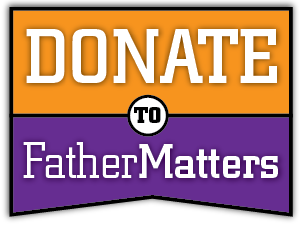Give Second Chance Act Another Chance
The Post and Courier
South Carolina has made big strides in reducing recidivism among prison inmates, and some of the credit is due the state’s use of training funds under the Second Chance Act.Indeed, South Carolina is being held up as an example for other states to follow.According to a report by the national Council of State Governments, South Carolina reduced its three-year recidivism rate by 17.9 percent when comparing inmates released in 2007 to those released in 2010. For every year since 2008, more prisoners have been released than have been admitted to South Carolina corrections facilities.That means reduced pressure on the state’s prison system, and on the Corrections budget.
It also indicates that rehabilitation programs are operating with greater effectiveness. In fact, they are the difference between freedom and a return to prison for hundreds of former inmates in South Carolina and thousands elsewhere around the country.
The act, which was passed in 2008, provides federal grant money to local government and non-profit groups that work to reduce prison recidivism rates.
In South Carolina, federal funding helped train parole officers to better care for those under their supervision and provide enhanced support services for prisoners reentering society, particularly young offenders.
Clearly, those programs are having an impact. And while it costs tax dollars to fund those programs – almost $300 million in grant money has been awarded nationwide since the act’s initial passage – the fiscal impact of keeping released prisoners from returning to jail is substantial, and not just in South Carolina.
Unfortunately, the future of the Second Chance Act is in question. Congress should remove that cloud by approving the $115 million allocation necessary to keep the program in operation nationally for the 2015 fiscal year. It’s a reasonable price to pay for the demonstrable results that have been produced.
Those who pay their debt to society should be given the chance to succeed in the outside world so they won’t return to a life behind bars. Cutting the recidivism rate of prisoners benefits them and it benefits the communities to which they return. Second Chance has helped make that happen.




